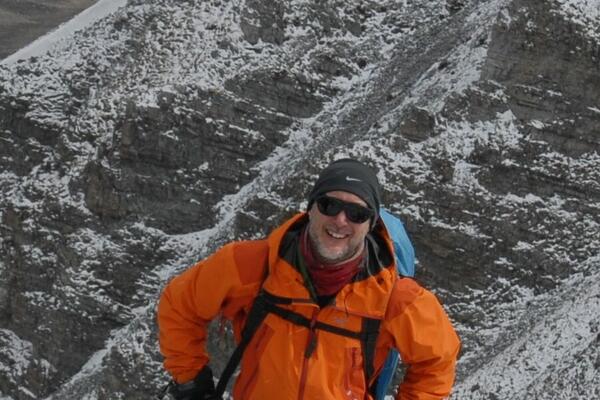Geological Sciences
Geological Engineering
Research Groups
Queen's Geo-Environmental Engineering group
Research into the environmental impacts of human activity: we study the occurrence, transport and transformation of pollutants in natural and industrial contexts, using and interdisciplinary combination of concepts from environmental (bio)geochemistry, hydrology, analytical chemistry, civil and environmental engineering, et cetera.
Queen's Tectonics Research Laboratory
The Queen's Tectonics Research Laboratory (QTRL) conducts research aimed at understanding the dynamic processes operating in mountain belts, with a focus on the structural and thermal evolution of the continental crust and the influence of reactivated faults on regional seismicity.
Queen's Clastic Sedimentology Group
The Queen's Clastic Sedimentology Group aims to understand sediment transport processes and how rivers and sediment gravity flows shape coastal and marine environments. We explore sedimentary depositional systems through outcrop-based studies and physical modelling in the Coastal Engineering Laboratory.
Queen's Geomechanics and Geohazards Group
Established in 2002, the Queen's Geomechanics and Geohazards Group is a collaborative research group directed by Dr. Mark Diederichs, Dr. Jean Hutchinson, and Dr. Jennifer Day. Our research focuses on Geomechanics, Geohazards, and Engineering Geology for a variety of applications in the natural and built world, on surface and underground. We work with theoretical mechanics and undertake applied research in the field, physical laboratories, and numerical computing laboratories.
Queen's Facility for Isotope Research
The Queen’s Facility for Isotope Research (QFIR) is a full-service analytical laboratory established in 1997 by Dr. T.K. Kyser (FRSC). We pride ourselves as a hands-on teaching facility and a state-of-the-art research centre. Longstanding collaborations with academic, industry, and government partners have positioned QFIR as a global leader in ore deposit research, environmental biogeochemistry, and the application of geochemistry to sedimentologic systems.
Queen's Geoselenic Research Project
Established and funded by alumnus Stephen Cheeseman in 2020 to address fundamental questions about the interactions within the Earth-Moon system.
The project will focus on the integration of multi-disciplinary research as it pertains to improving our understanding of the relevance of the Moon for Earth processes including plate tectonics, core and mantle convection/geochemistry, magnetohydrodynamics, the geodynamo and the evolution and future of life on Earth.
Carol Ellis Digital Earth Science & Engineering Lab
Our group leverage advanced computational methods and AI algorithms to analyze and interpret vast amounts of data collected from various sources, such as satellites, remote sensing platforms, and ground-based sensors. Our research endeavours span across applied mathematics, computation, and planetary mechanics, encompassing various subjects such as (an)elastic-gravitational wave propagation, coseismic deformation and post-earthquake relaxation, glacial isostatic adjustment, gravity/magnetic anomalies, microearthquakes, as well as hexahedral meshing and scientific visualization. In order to tackle the challenges in these areas, we have (co)developed numerous software packages that provide effective solutions.









